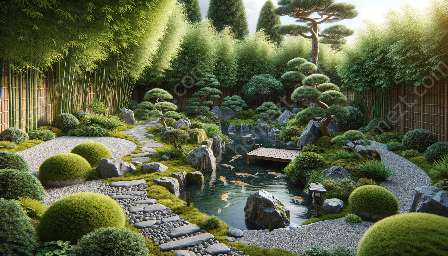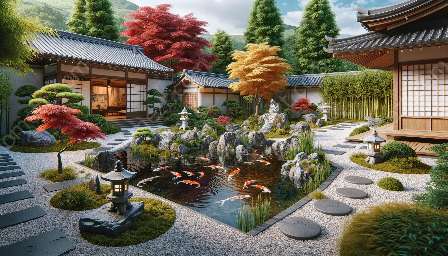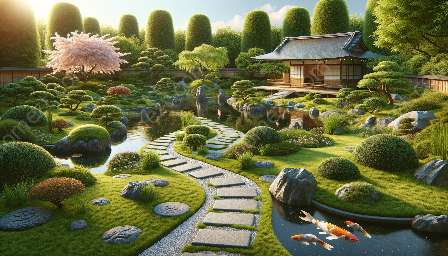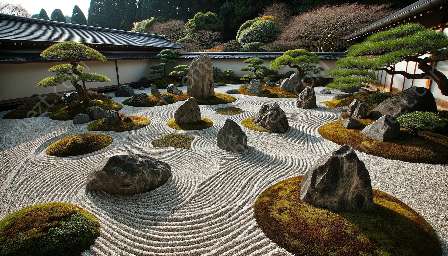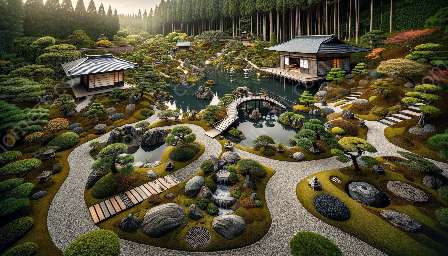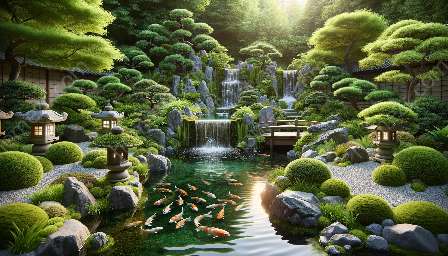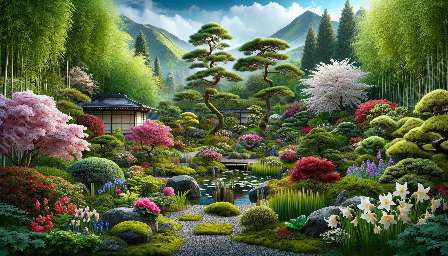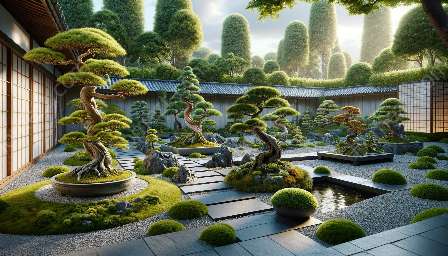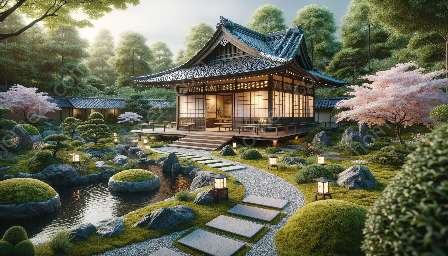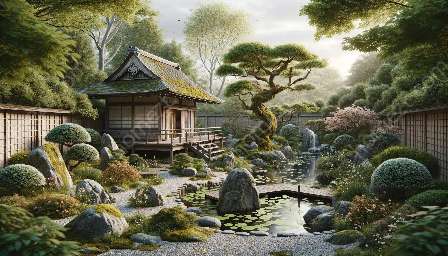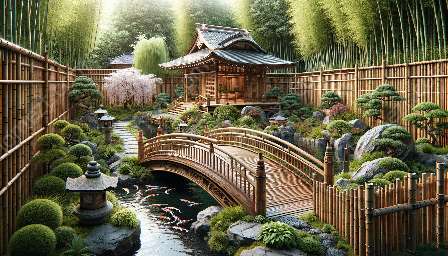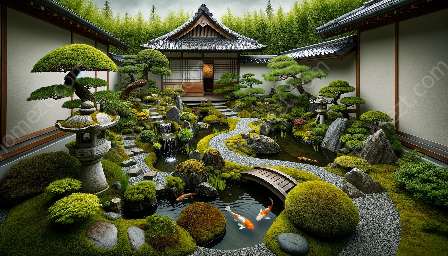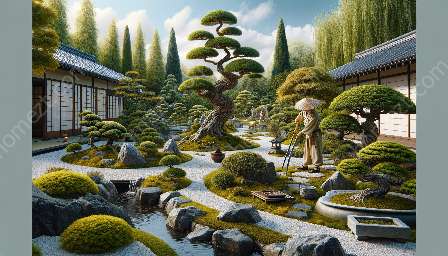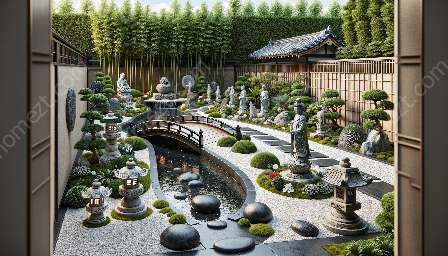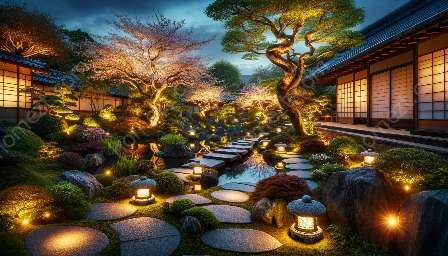Bonsai trees have long been cherished as symbols of tranquility and beauty in Japanese culture, and when incorporated into a Japanese garden, they bring a sense of harmony and tradition. In this article, we will explore the art of integrating bonsai trees into a Japanese garden, while considering the design principles that underpin this timeless art form.
The Essence of Japanese Garden Design
Japanese garden design is deeply rooted in nature and reflects the principles of simplicity, serenity, and harmony. These gardens are carefully composed to evoke a sense of balance and create a serene sanctuary within a natural environment. Common elements in Japanese garden design include rocks, water features, pathways, and carefully selected plants, all arranged to create a harmonious and balanced setting.
Elements of Japanese Garden Design
Before delving into the integration of bonsai trees, it's important to understand the key elements of Japanese garden design. These elements include:
- 1. Rocks and Stones: Symbolize mountains and are used to create focal points and natural boundaries within the garden.
- 2. Water Features: Such as ponds, streams, and waterfalls, which provide a tranquil ambiance and reflect the natural surroundings.
- 3. Pathways: Designed to guide visitors through the garden and offer a journey of discovery and contemplation.
- 4. Plants and Trees: Carefully selected to complement the garden's overall design and evoke the changing seasons.
Design Principles
Japanese garden design follows several fundamental principles that guide the arrangement and composition of its various elements:
- 1. Wabi-Sabi: Embraces the beauty of imperfection and impermanence, emphasizing simplicity and the appreciation of natural materials.
- 2. Ma: The careful use of space and intervals to create a sense of harmony and balance within the garden.
- 3. Yohaku-no-bi: The art of creating visual space and a sense of emptiness to allow for contemplation and appreciation of nature's beauty.
Bonsai Trees in Japanese Gardens
Now that we have explored the principles of Japanese garden design, we can consider how bonsai trees can be incorporated into such gardens. Bonsai, derived from the Japanese words 'bon' meaning tray and 'sai' meaning planting, are miniature trees that are meticulously pruned and trained to embody the majesty and beauty of full-sized trees in nature.
Harmonizing Bonsai with Garden Elements
When integrating bonsai trees into a Japanese garden, it is essential to maintain harmony with the existing elements and overall design. Some considerations include:
- 1. Scale and Proportion: Select bonsai trees that complement the scale of the garden and maintain harmony with the surrounding elements.
- 2. Placement and Focal Points: Position bonsai trees to create visual focal points within the garden, enhancing its overall composition and balance.
- 3. Patina and Weathering: Allow bonsai trees to develop a natural patina and weathering that reflects the passage of time, embracing the wabi-sabi aesthetic.
Symbolism and Tranquility
Bonsai trees in Japanese gardens symbolize longevity, harmony, and a deep connection to nature. Their presence brings a sense of tranquility and contemplation, inviting visitors to appreciate the artistry and dedication that goes into the cultivation of these miniature masterpieces.
Conclusion
Incorporating bonsai trees in a Japanese garden is a nuanced art that requires an understanding of both Japanese garden design principles and the unique qualities of bonsai cultivation. By harmonizing these elements, enthusiasts can create a garden space that exudes serenity, balance, and a deep appreciation for the natural world.

